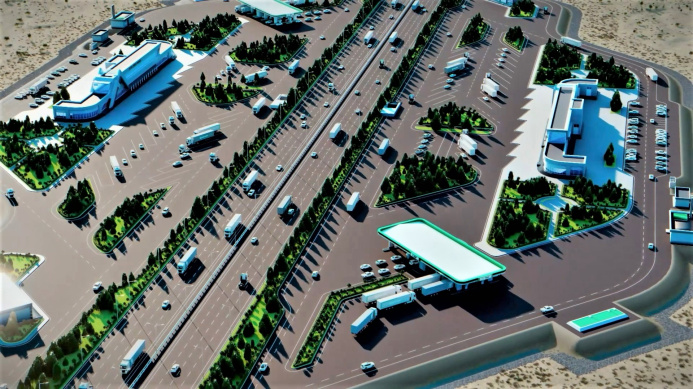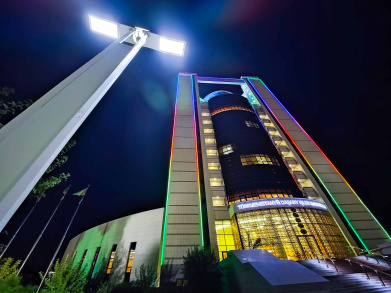Investment Project: How The Serakhs–Mary–Serkhetabat Motorway Will Transform The Transit Map Of Eurasia
08.07.2025 | 18:50 |In today’s world, where economic ties and geopolitical influence are increasingly intertwined with the efficiency of transport infrastructure, the development of new logistical arteries has become a top national priority.
A prime example of such a forward-thinking initiative is the project to construct a motorway stretching approximately 450 kilometres along the Serakhs–Mary–Serkhetabat route. This road is set to chart a new strategic course, significantly enhancing Turkmenistan’s transit role and that of the wider Central Asian region.
A Motorway as a Growth Driver: New Momentum for Movement
In the 21st century, the significance of motorways extends far beyond the simple movement of goods and people. They serve as powerful catalysts for economic growth, stabilising forces, and tools of regional integration. The Serakhs–Mary–Serkhetabat project is a striking embodiment of this philosophy.
Its strategic value lies in its direct and seamless connection between Turkmenistan’s borders with Iran and Afghanistan. This will not only establish new routes of communication but also foster an environment conducive to cross-border trade, investment, and cultural exchange.
From a logistical standpoint, the route offers Central Asian nations and adjacent regions a direct, efficient gateway to Iranian ports on the Persian Gulf, bypassing longer and more complex detours.
This will significantly reduce both time and cost for freight transport, positioning the Turkmen corridor as the most attractive option for exporting and importing goods to and from the Middle East, South Asia, and global markets beyond.
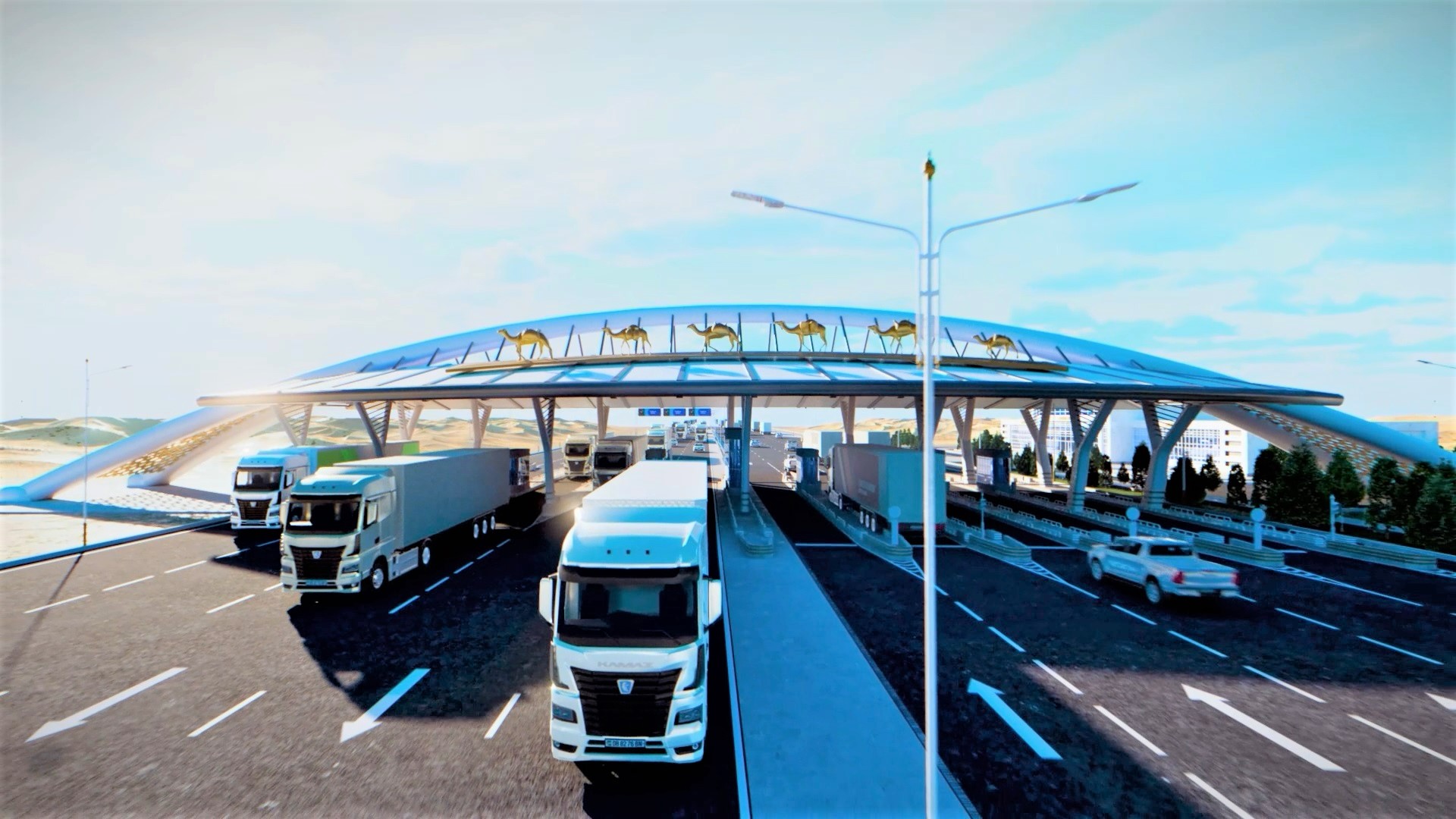
In the opposite direction, the motorway will provide Iran, Afghanistan, and their transit partners with unimpeded access to Central Asian, European, and other markets, using Turkmenistan as a pivotal transit bridge. Such logistical optimisation directly enhances economic competitiveness, stimulating trade and investment alike.
Investing in this motorway is an investment in multidimensional development. It is intended to serve as a powerful impetus for the expansion of existing and the formation of new international logistical corridors.
Its role will be particularly critical in unlocking the full potential of the strategically vital North–South route and energising transport flows along the Lapis Lazuli Corridor.
In this way, Turkmenistan is significantly reinforcing its status as a central transport hub of Eurasia—an essential pillar of its long-term national strategy aimed at economic diversification and the growth of non-resource-based exports.
The Multiplier Effect: From Economic Growth to Regional Stability
The emergence of this new motorway will produce a multiplier effect across the entire regional economy. It will create opportunities to:
• Strengthen foreign trade relations – offering companies faster, more predictable routes for delivering goods to global markets and sourcing essential materials.
• Substantially increase exports and transit volumes – as improved efficiency and infrastructure attract new freight flows across Turkmenistan, cutting transit times and operational costs, and making the country a preferred transit partner.
• Drive holistic regional development – with the emergence of new logistics centres and service facilities along the route, leading to thousands of new jobs, growth in small and medium-sized enterprises, and increased investment appeal for Ahal and Mary provinces.
The project gains added urgency against the backdrop of positive developments in Afghanistan. Creating reliable, efficient, and secure transport links through Turkmenistan is not only economically prudent – it is a vital contribution to regional stability, humanitarian cooperation, and economic recovery.
Turkmenistan positions itself as a guarantor of dependable transit – an attribute of critical importance for all stakeholders engaged in regional connectivity.
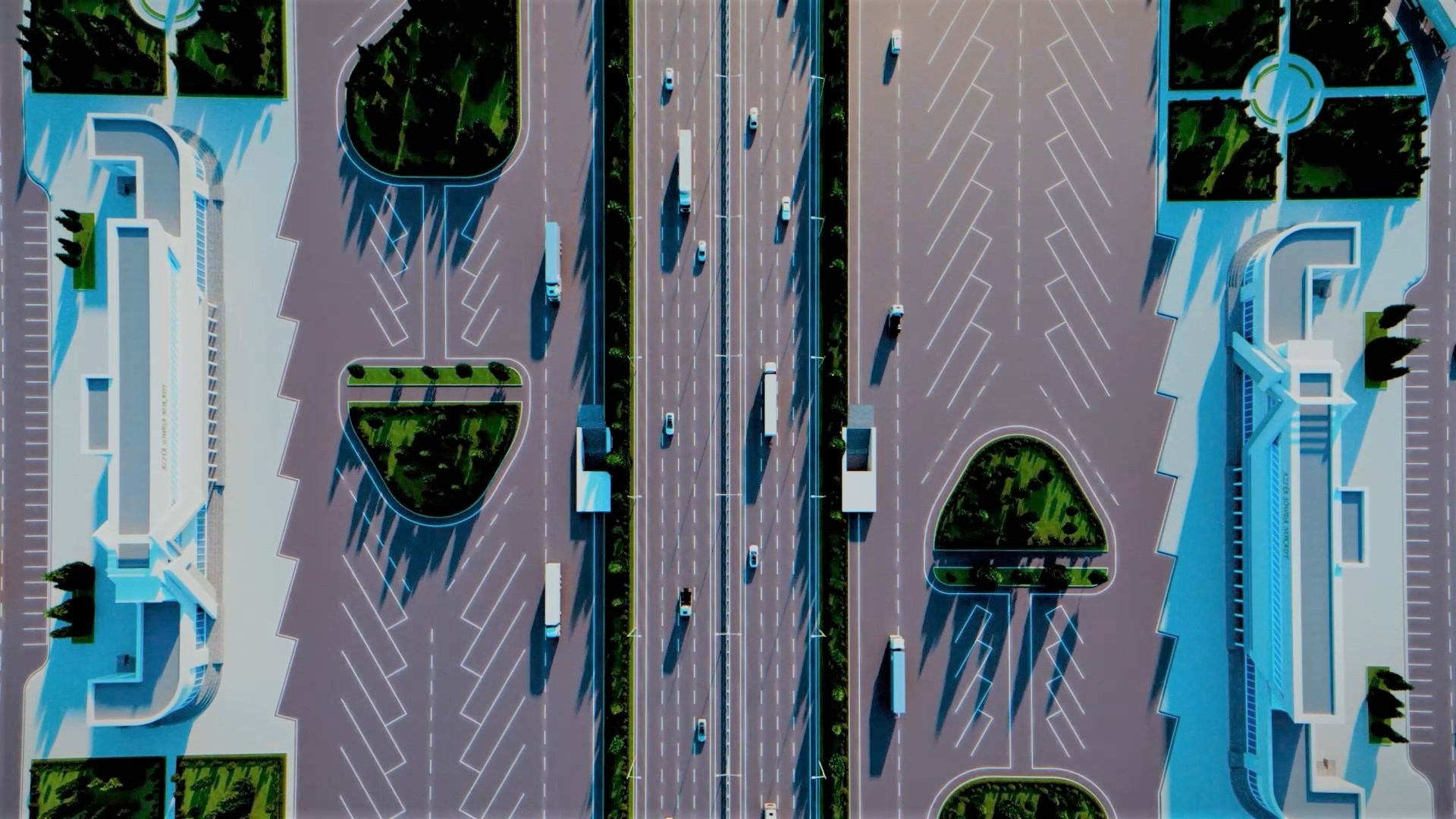
“Ojar Asia”: Experience, Reliability, and a Vision for a Sustainable Future
“Ojar Asia”, fully aware of the strategic weight of this landmark project, stands ready to deliver its successful implementation.
With years of experience in constructing major infrastructure projects, the company brings together a team of highly qualified engineers and specialists, alongside tried-and-tested methods for engaging trusted international partners and experts.
The project’s technical documentation includes cutting-edge engineering and digital solutions that are characteristic of the world’s most advanced transport corridors.
This includes multi-lane carriageways, sophisticated interchange systems, automated control and toll systems, and energy-efficient features powered by renewable sources – all designed to ensure maximum safety and comfort for users.
Crucially, “Ojar Asia” is firmly committed to principles of sustainable development, underscoring the long-term vision for this project.
This means the motorway will be built not only with economic effectiveness in mind but also with minimal environmental impact and positive social outcomes for local communities. Such a comprehensive approach ensures the project's relevance and resilience for decades to come.
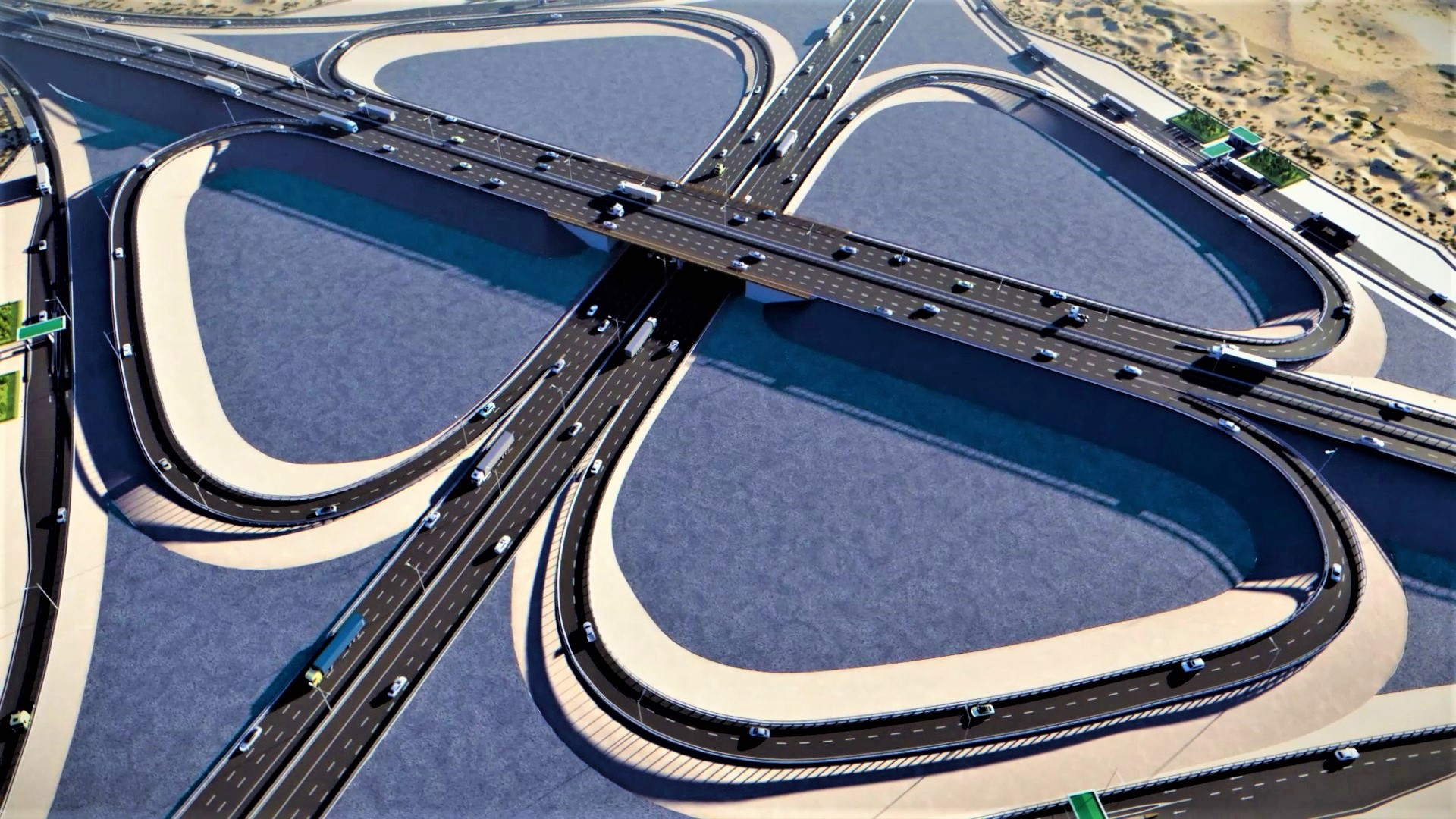
A Strategic Investment in the Future
The construction of the Serakhs–Mary–Serkhetabat motorway is far more than just another infrastructure project. It is a strategic investment in the future – one that will lay a robust foundation for further strengthening Turkmenistan’s transport and transit potential, its integration into global economic processes, and the sustainable development of the entire Eurasian space.
The project is a compelling testament to Turkmenistan’s leadership in shaping a modern, efficient regional transport architecture and a clear signal of the country’s readiness to act as a trusted partner and focal point for the global logistics community.
"Ojar Asia" Company Website: https://ojar.asia/

